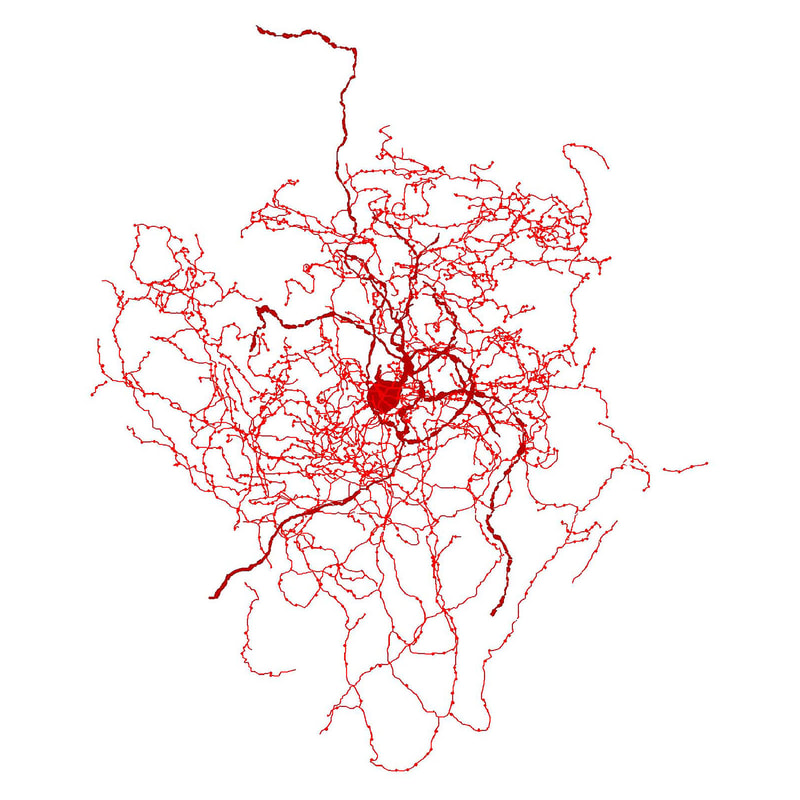In a recent article, “Cognitive Mechanisms for Human Flocking Dynamics,” Seth Frey, assistant professor of communication at UC Davis, observers that, despite our ability to reason through a problem, humans make decisions based on their perception of how others are thinking about a problem. Because humans are conscious, we assume that our decisions are driven by an internal moral code and rational thinking. It turns out that we think and act in response to how others are thinking and acting. Which begs the question, “How different are we from other animals?”
Consider a flock of geese. When a flock of geese is resting on the ground, one goose is on sentry duty looking for danger. When the sentry spots danger, it begins to honk and flap. Like wildfire, the fear response of the one goose automatically spreads to the gaggle. Within seconds, the entire gaggle is honking and flapping. Fear is contagious because it protects the group from a real threat. This “system” activity keeps the flock safe.
Humans behave similarly but without the honking and flapping. It is observable in congregational committee meetings. Every church committee has a sentry on duty, looking for danger. Someone inevitably picks up the roll when it is vacant. Because of the complexity of the human brain, it is difficult to evaluate when a threat is real or imagined. When an individual perceives a threat, they give voice to their concern. Like the example of the geese, others in the meeting will start to feel, think and act the same, even though they did not perceive the threat. The result is a committee in agreement about a threat to the congregation that is not real.
Over the years, I’ve developed strategies for addressing the problem of perceived threats and the contagious nature of anxiety:
- I begin by engaging my best thinking about the fear or problem as it is presented. What does it take to move my thinking out of a reactive response based in fear to a thoughtful observation about the threat as it is presented?
- What are good questions that might engage my thinking and the thinking of others about the problem.
- I may invite the committee to go around the table so that each person can articulate their best thinking about the threat and problem as it is presented. I may also indicate who in the committee thinks the same and who thinks differently about the problem.
Differentiation of self is one away to address the challenge of thinking for self without being emotionally influenced by the anxiety in the relationship system. Dr. Murray Bowen observed that to communicate one’s thinking with important others in the family, one must develop the capacity to think for self. This process of differentiation results in a lowering of chronic anxiety in the family and contributes to a higher functional level of the family. This effort in the family does carry over into congregational leadership.
Clergy and congregational leaders can do a better job of communicating their best thinking about the current challenges facing the congregation. One must be prepared for the automatic reactivity that is generated as one communicates to others their best thinking. Differentiation of self is about developing the capacity to communicate ones best thinking without reacting to the reactivity of others. The best place to practice and learn this process is in the family and it does carry over into other systems like a congregation.




 RSS Feed
RSS Feed